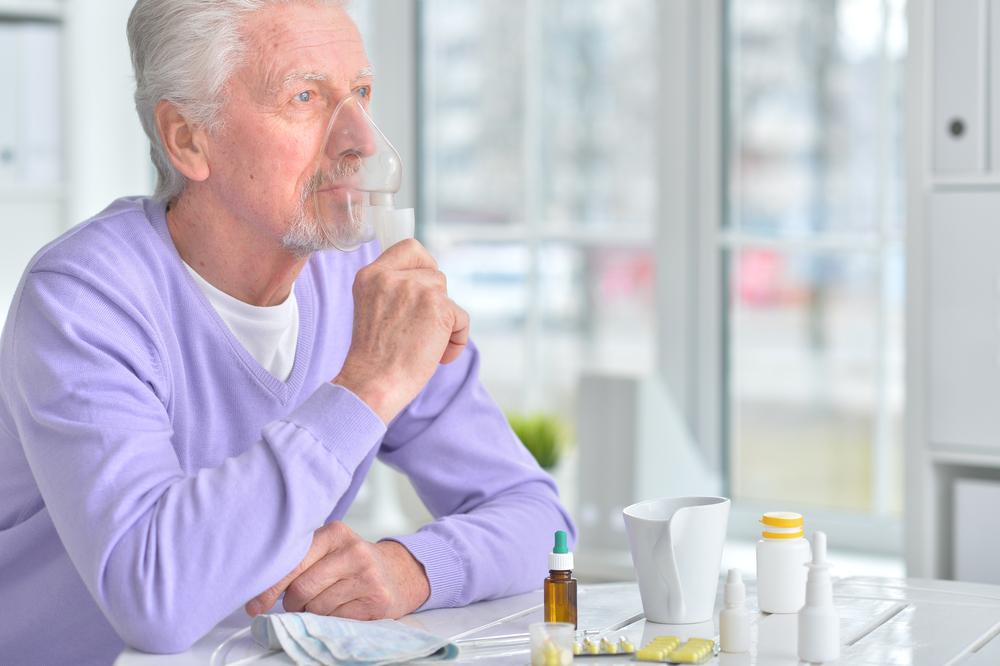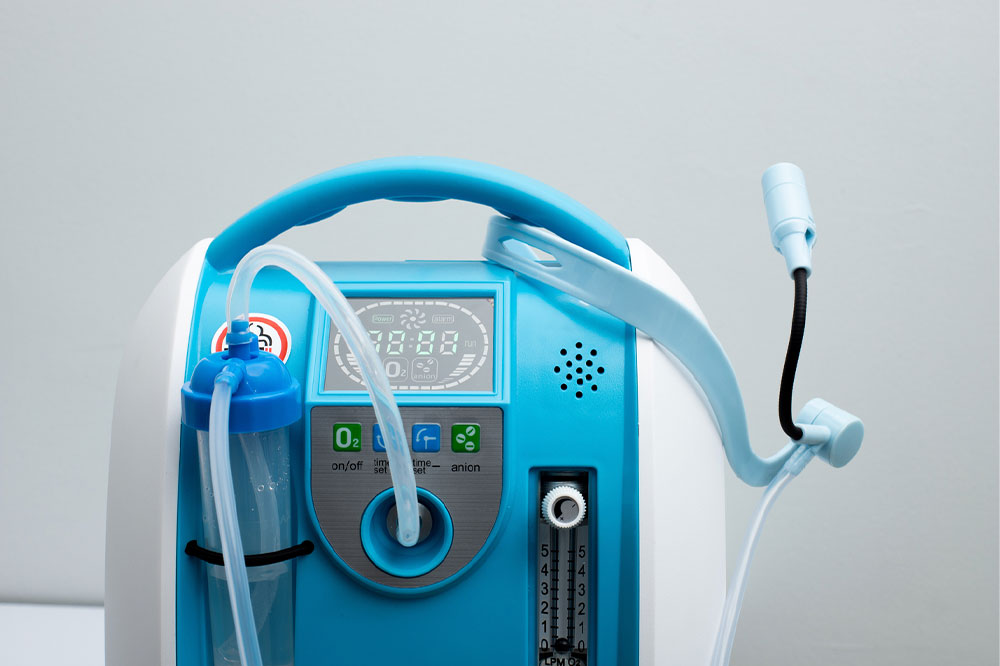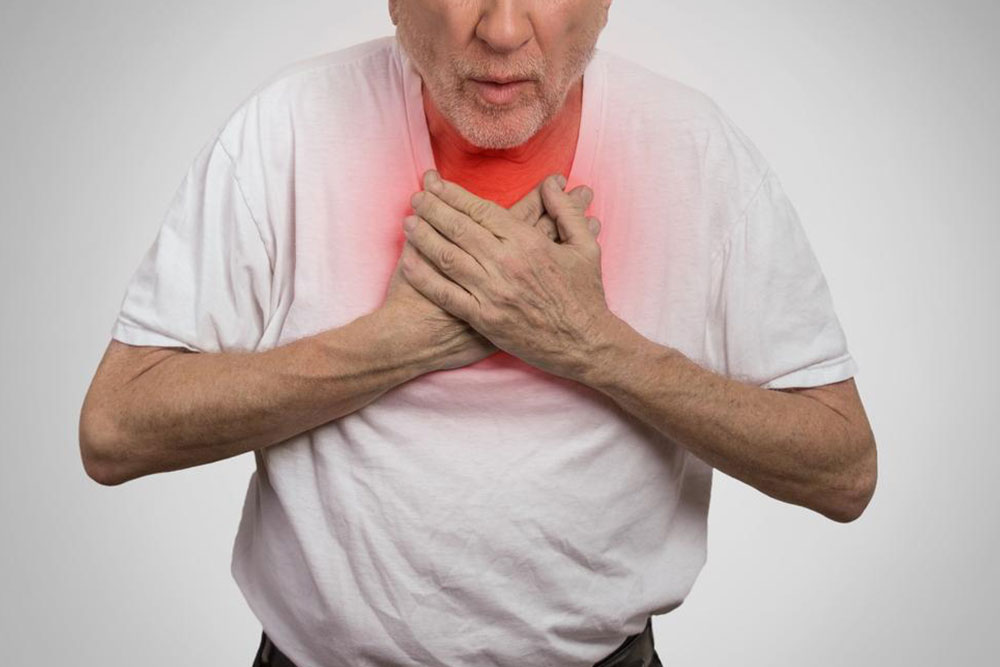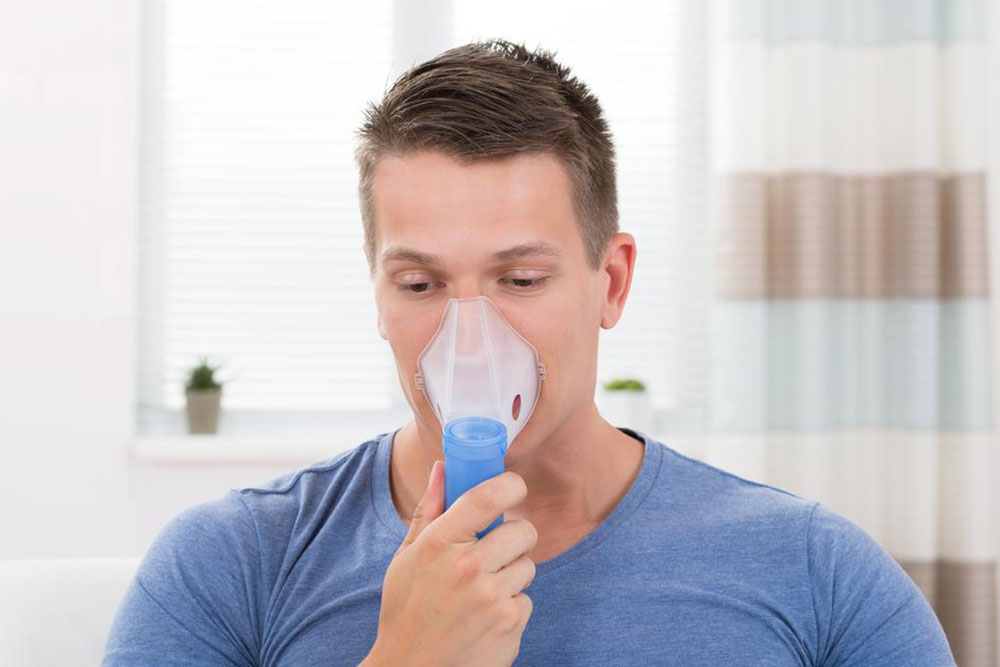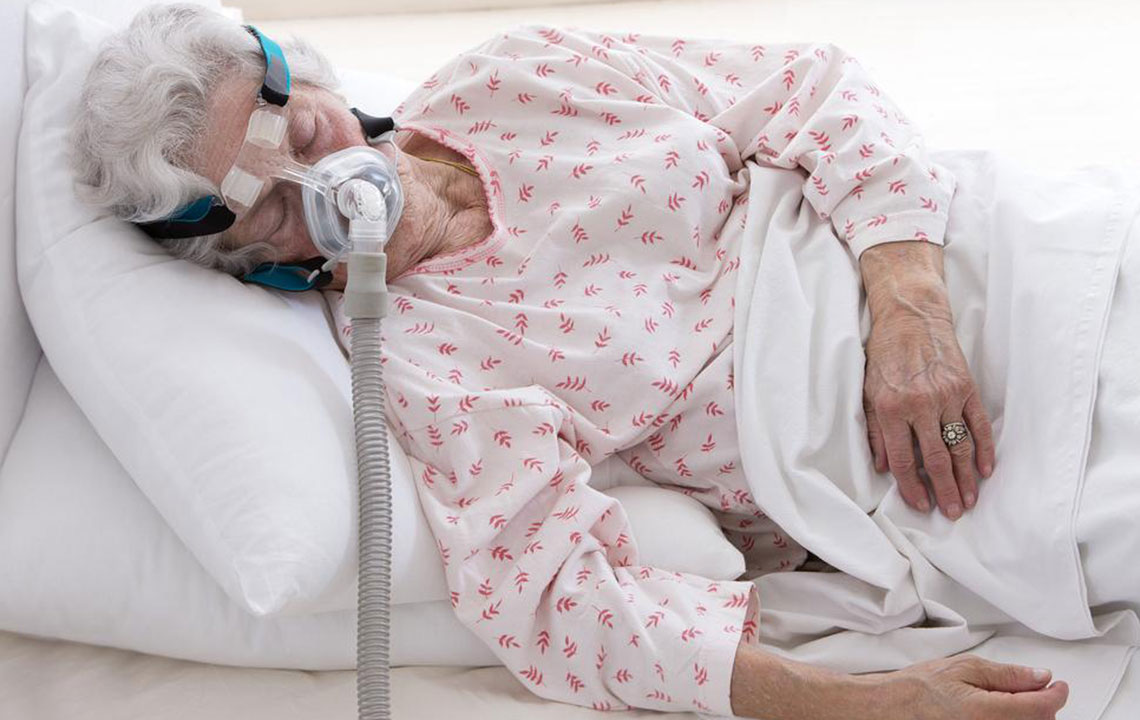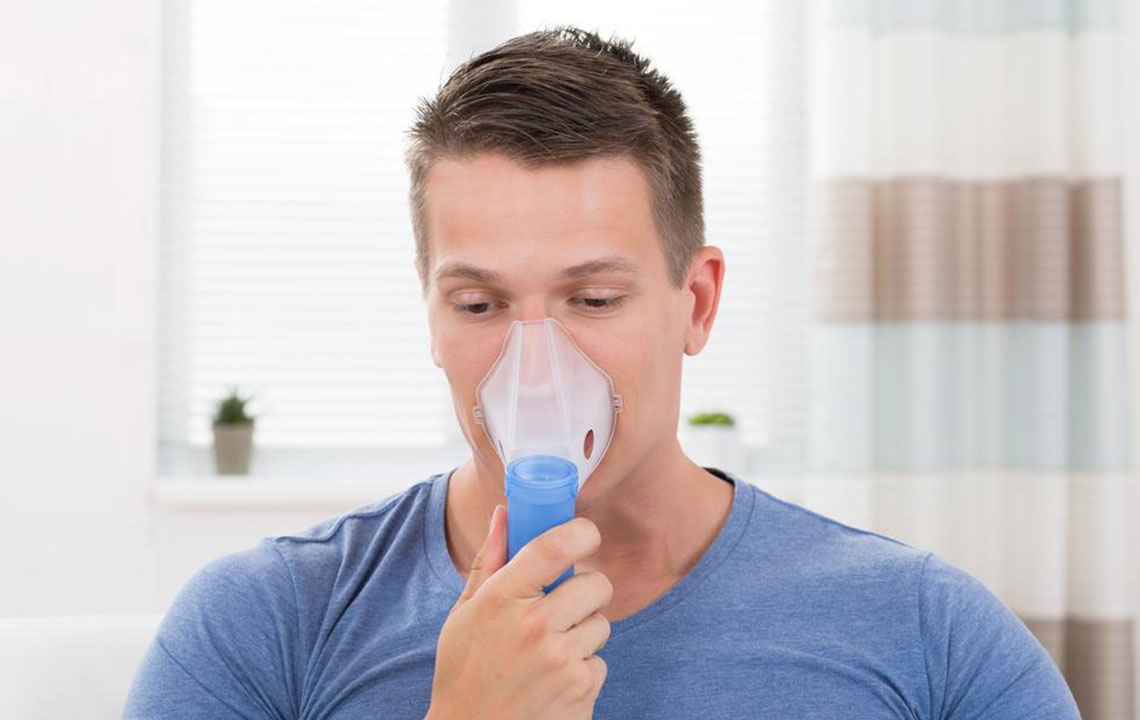Essential Guide to Portable Oxygen Therapy Devices
This comprehensive guide outlines the essential aspects of portable oxygen therapy devices, including types, usage, and safety considerations. It helps individuals understand when and why they need supplemental oxygen, how different systems work, and factors influencing device selection. Ideal for patients and caregivers, this article emphasizes the importance of proper oxygen management for respiratory health and lifestyle needs.
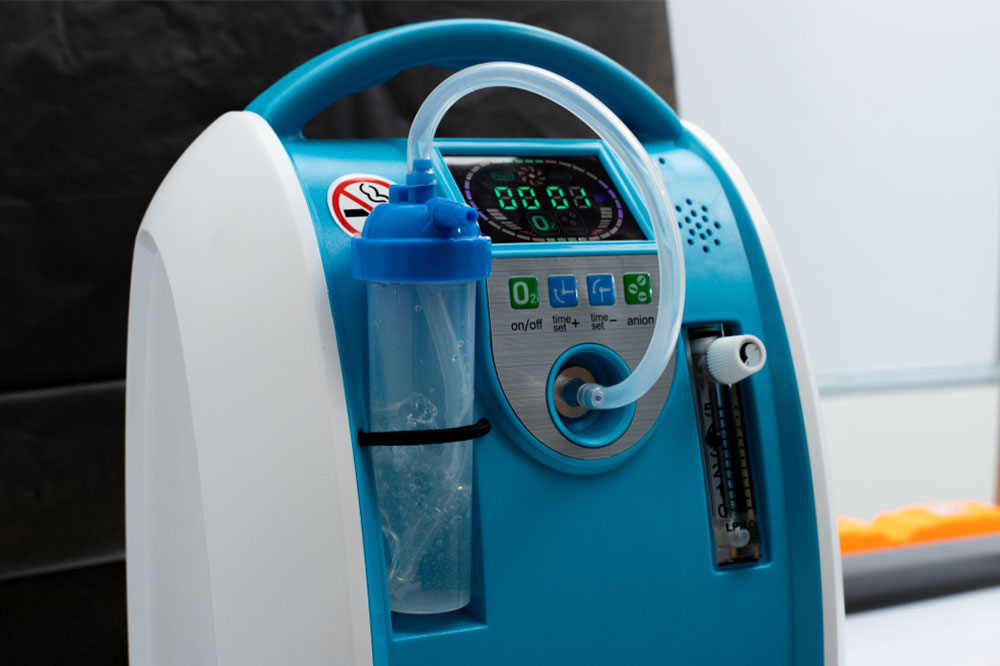
Essential Guide to Portable Oxygen Therapy Devices
Portable oxygen devices are vital for individuals experiencing breathing challenges or with medical conditions that lower blood oxygen levels. These compact units can be easily carried, even by children, ensuring they receive adequate oxygen for daily activities.
Available in various types, these devices can be selected based on budget and specific needs, whether continuous or intermittent oxygen support is required.
Who benefits from oxygen therapy?
Individuals with lung diseases like COPD, heart conditions impairing breathing, or other issues such as asthma, pneumonia, or sleep apnea may need supplemental oxygen. Symptoms like shortness of breath, rapid heartbeat, confusion, or skin color changes could indicate low blood oxygen levels.
Doctors may perform tests like blood gas analysis, spirometry, X-rays, or CT scans to assess oxygen levels. A low reading may necessitate oxygen therapy, with prescribed doses and equipment tailored to the severity of the condition.
The air we breathe contains only about 21% oxygen, with the rest being nitrogen. When lung function is compromised, supplemental oxygen helps maintain proper blood oxygen levels for normal bodily functions.
Types of Portable Oxygen Systems
Portable oxygen units usually come in small cylinders that can be worn on the back. Oxygen is delivered through a nasal cannula, which connects to the tank and is placed near the nostrils for effective inhalation.
Variations in Portable Oxygen Devices
Different types include:
Compressed oxygen cylinders
Filled with pressurized oxygen, these tanks deliver a controlled flow of oxygen via a cannula. They need replacement once emptied, so multiple tanks might be kept on hand for continuous supply.
Liquid oxygen storage
These tanks contain oxygen in a liquid form, allowing higher storage capacity in smaller containers. When released, the liquid converts to gas for inhalation. Care must be taken due to the extreme cold temperatures that can cause injuries.
Oxygen concentrators
Available as stationary or portable devices, concentrators draw in ambient air and extract high-purity oxygen using a compressor and filters. Stationary models provide continuous flow for home use, while portable ones offer pulse delivery on the go, powered via electricity or batteries. They are safer, as they don't store large amounts of oxygen, making them suitable for air travel, including airplanes.
Choice depends on cost, safety, and lifestyle needs. Portable concentrators are preferred for their safety and portability, though backup tanks may be necessary for reliability.

